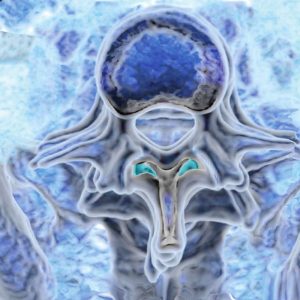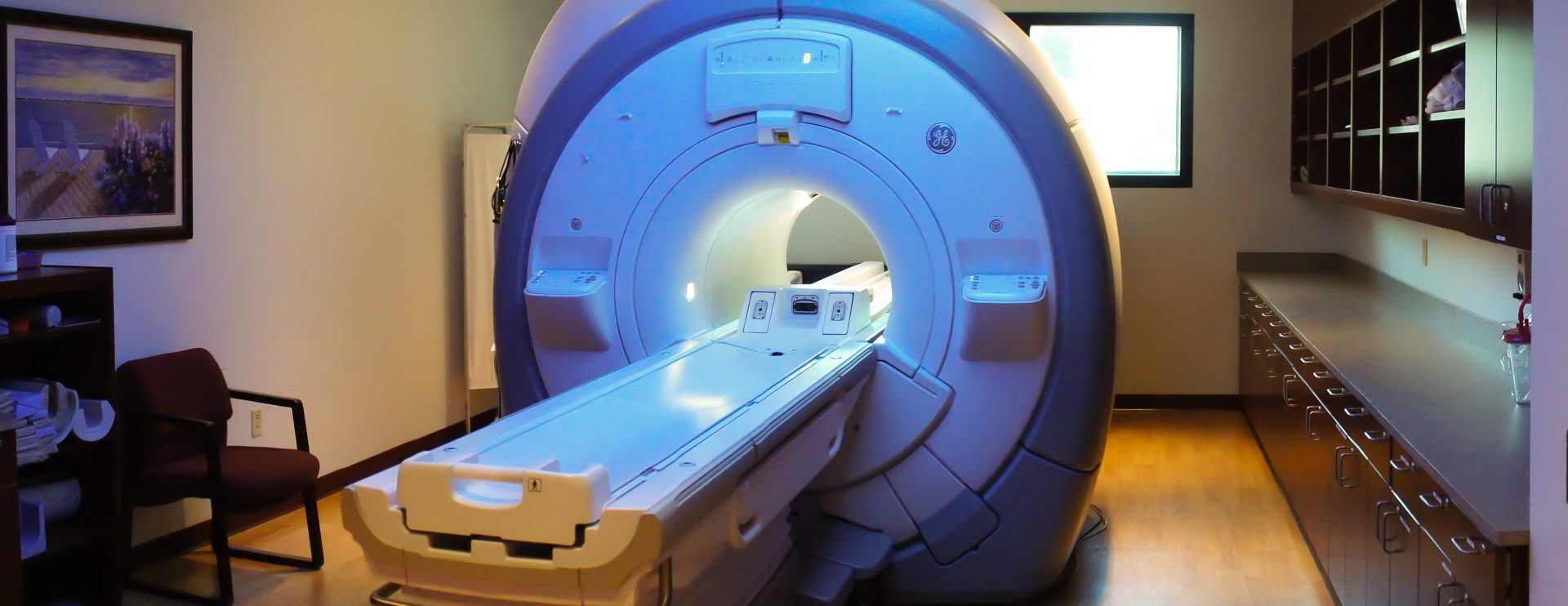Spring Clean Up and Lower Back Pain
It’s spring clean up time and that can mean lower back pain because of the very physical nature of yard work and the heavy lifting we all tend to do at certain times of the year. We wanted to write a short article about back pain, some of the causes, and how getting an MRI of the back demonstrates the problem clearly and quickly.There are a multitude of descriptive terms, which we use to identify pain and problems of the spine and lower back. Some of these include ‘slipped disc’, ‘ruptured disc’, ‘pinched nerve’, ‘bulging disk’, ‘herniated disc’, ‘sciatica ‘, and many others but they all help to label a painful and debilitating problem in the lower spine. All these different symptomatic terms can lead to worry and confusion over what your healthcare provider is actually telling you about why are you feeling lower back pain and discomfort.
So let’s break it down into simple terms about what may be going on in your lower back when you experience pain and discomfort. The lumbar spine is the lower part of the back anatomy and because of our anatomy it can be vulnerable to back problems. The lumbar or lower back is comprised of five spinal or vertebral bones, which ends with the sacrum and coccyx bones. Each bone is separated by the vertebral discs, which act to cushion and support the bones and prevent them from touching each other. The spinal cord or nerve travels from the base of the skull to the first lumbar vertebral bone and then branches off as nerve roots. Blood vessels, muscles, ligaments, and cartilage surround the vertebral bones and spinal cord to nourish and support the spine.
Your doctor and supporting healthcare professionals will most likely do the following to diagnose the back pain and discomfort you are feeling:
- Review your medical history
- Do a complete physical examination
- Order diagnostic tests if warranted
What is actually causing the pain and discomfort in your lower back?

A common cause for the familiar term you may hear from your doctor or healthcare professional is ‘herniated disc’ or ‘sciatica’. In this case, the disc material may be protruding out of the disc space and it may be impinging or inflaming a nearby nerve root. This type of problem can cause pain that travels from the point of impingement and moves down the back of the leg. The pain is not in the disc itself but in the nerve that is pressed on by the protruding disc material.
Unfortunately, herniated discs are most common in the lower back because our lower backs endure the most twisting and bending on a regular basis and this is never more apparent then when we are doing the spring cleanup of our properties.
MRI of the Lumbar Spine
Radiology results seen on an MRI exam of the lumbar spine can help your doctor and you determine the cause of the pain. These exam results are in conjunction with your specific symptoms and your doctor’s physical exam results. The MRI of the lumbar spine provides different information when compared to other forms of diagnostic imaging such as x-rays, ultrasound and CT scans. Very detailed information of the bones, spinal cord and the spaces between vertebrae can be seen on MRI.
We devote a full page to explaining how MRI can be used to diagnose lumbar spine problems:
For more information on spinal disorders and other causes for pain in the lower back, please visit:


